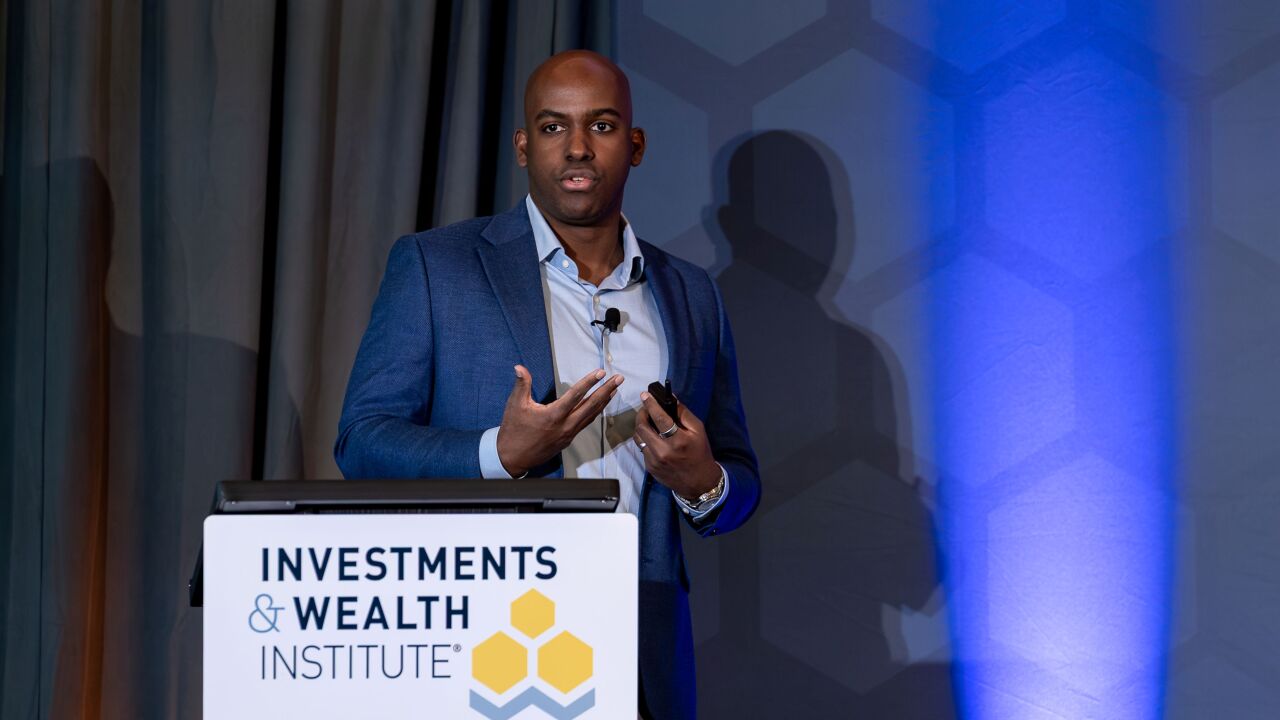Employers' efforts in recent years to boost participation in their 401(k) plans appear to be making inroads, according to
Automatically enrolling participants in 401(k)s, increasing their contribution levels in tandem with raises, simplifying plan choices, offering lifecycle funds and better targeting communications--all have had a positive impact.
Companies whose 401(k) plan automatically enrolled participants had an average participation rate 14 percentage points higher than other firms in 2005. Also, 36% of workers who had been with their companies for less than one year participated in their 401(k), six percentage points higher than in 2004. Further, the average account balance grew more than 10% in 2005 to nearly $76,000, and 20% of those invested in a lifestyle or lifecycle fund had their entire portfolio invested in it, up from 15% in 2004.
Investors also seem to be more knowledgeable about the risks of being overexposed to company stock. While company stock was the single largest holding in those 401(k) plans that offered it, the average amount invested in company stock declined from 26.5% in 2004 to 21.9% in 2005.
However, on the down side, the median 401(k) balance in 2005 was only $27,100, and 32.8% of people still didn't participate in their 401(k) last year. In addition, 22% didn't contribute enough to obtain the full company match, and 30% contributed just enough to qualify for it.
"Employer efforts to automate, simplify and better communicate the 401(k) plan are making positive differences in improving certain employee investment behaviors and raising participation rates among hard-to-reach demographics," said Lori Lucas, director of retirement research at Hewitt. "But overall, there's still a lot of work to be done. More companies need to be taking aggressive steps to encourage employees to participate and contribute to the 401(k) plan, especially since it has become, and will continue to be, an increasingly critical vehicle for retirement savings."





